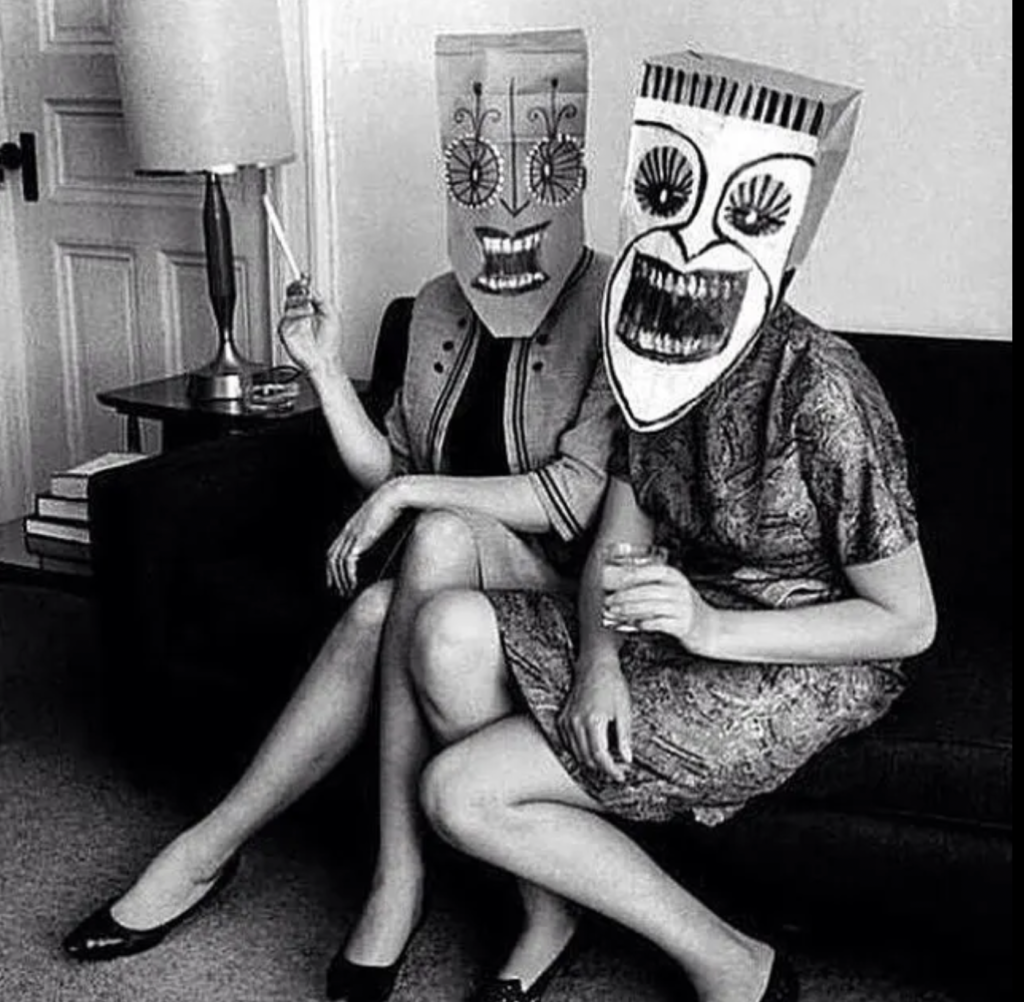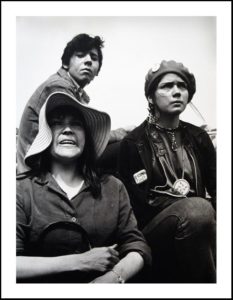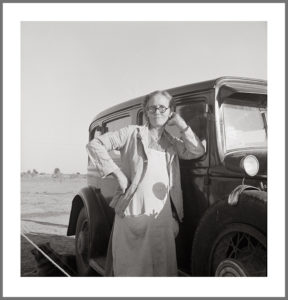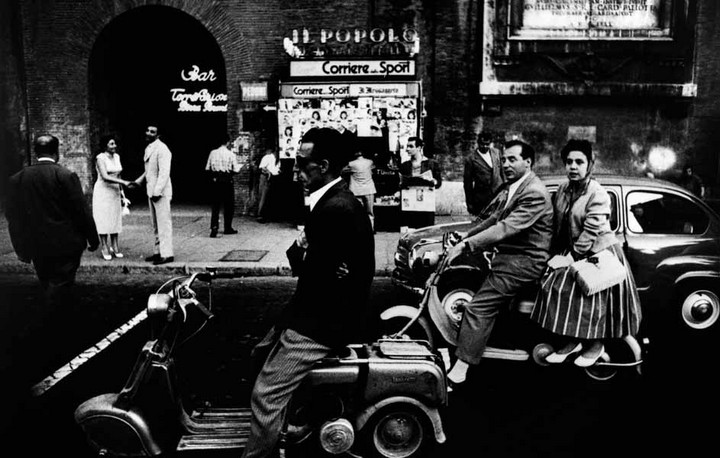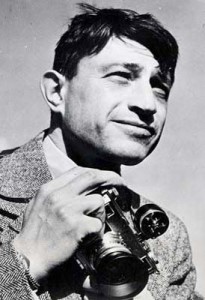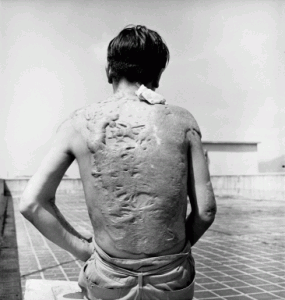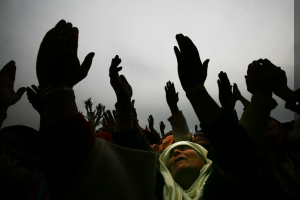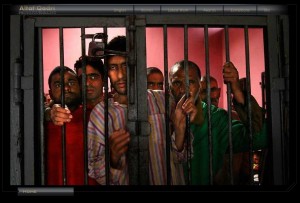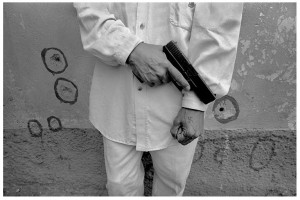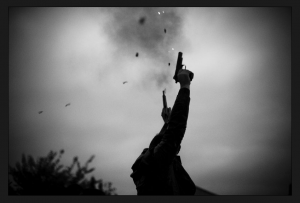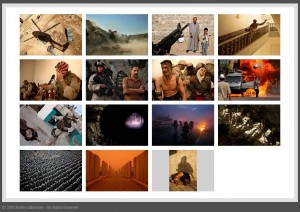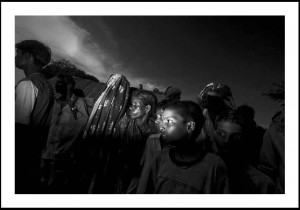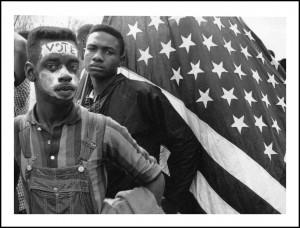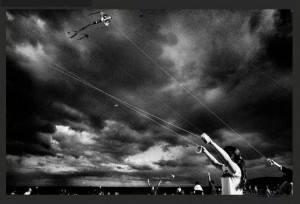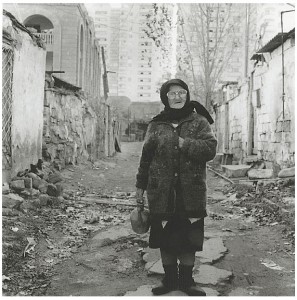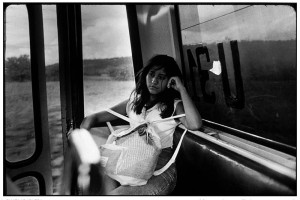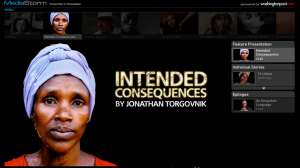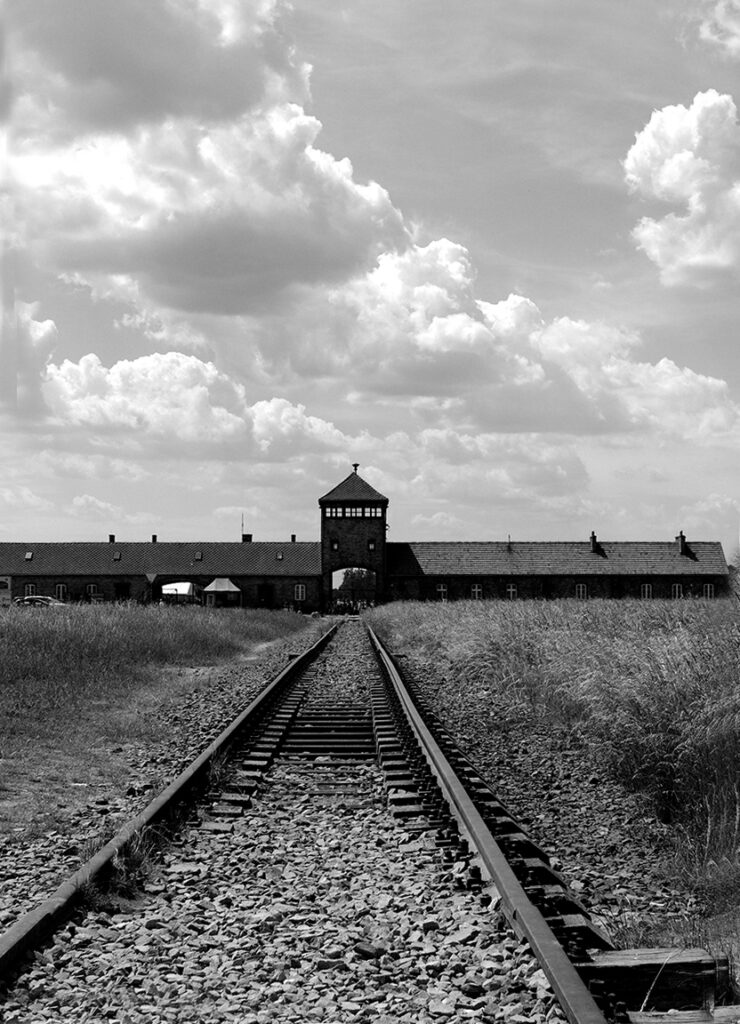
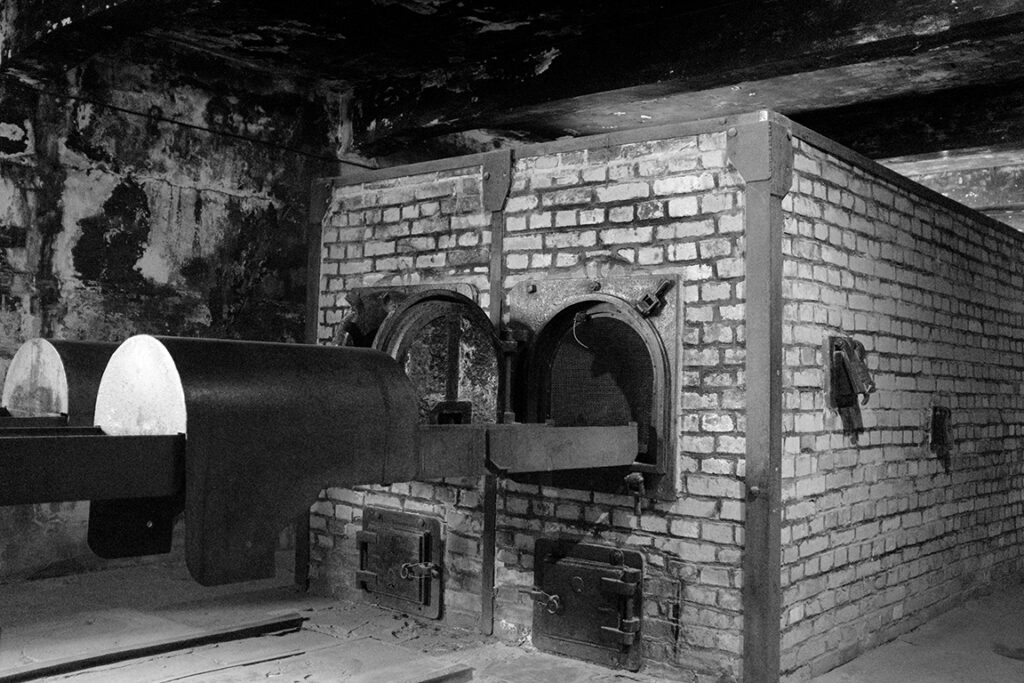


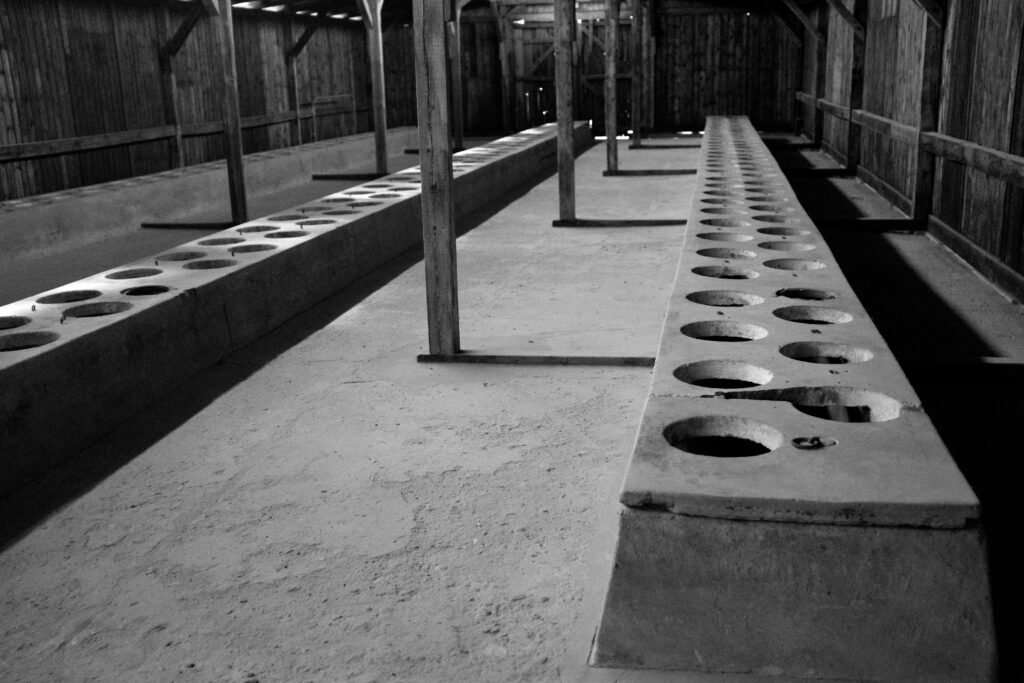
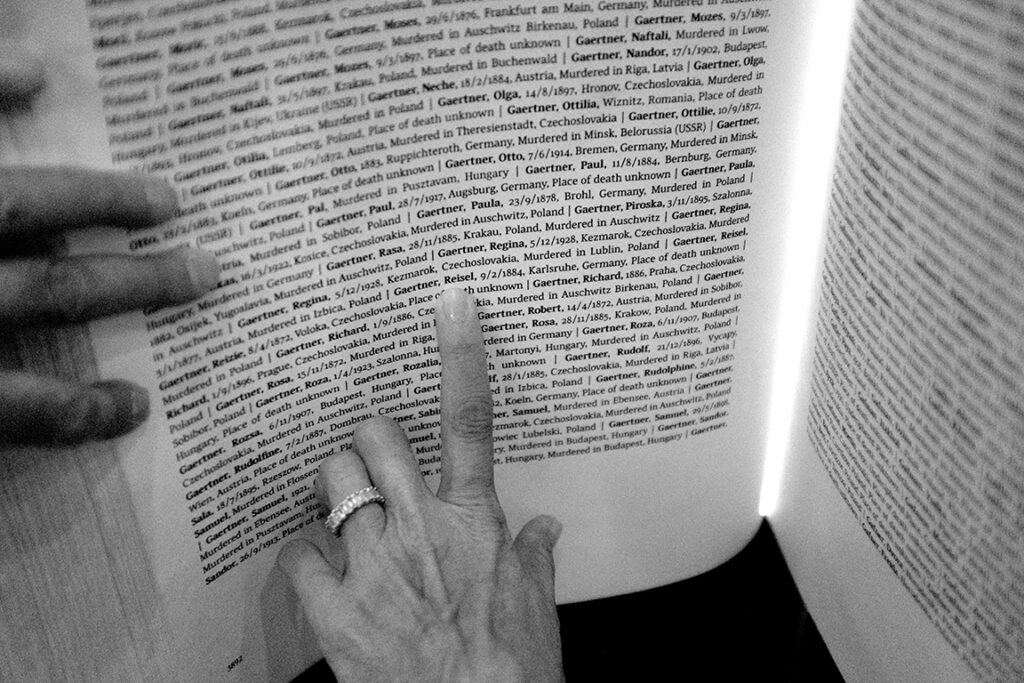
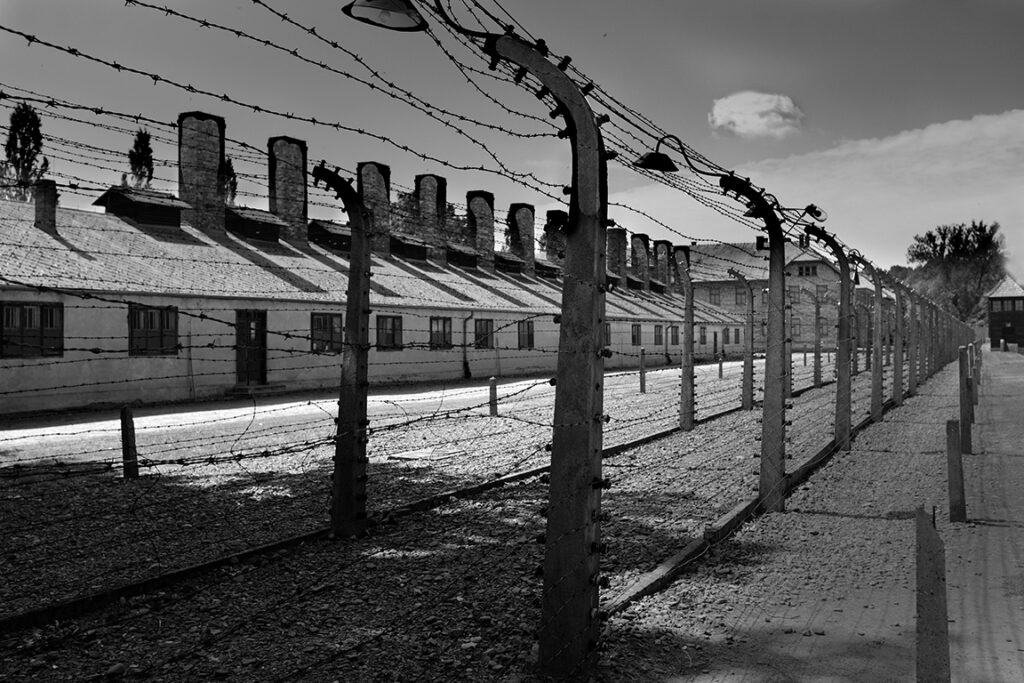
Editor’s Note: Walter Chayes is a photographer, financial consultant, a bicyclist and a humanitarian. He –and his brother– started in photography in their teens in New York City. Walter’s work is known for capturing important moments and for its strong graphic content. In this body of work, a work of the heart, Walter visits the epicenter of the Holocaust and, in essence, visits the scene of his Grandparents’ last days. This is difficult work to do. It was difficult work to edit. The message of the work is, “Never Forget/Never Again.”
Bruce Berman, Editor
DocumentaryShooters.com
Text and Photographs by Walter Chayes
Despite being an American-born Jew whose parents narrowly escaped the Holocaust, there was always a certain remoteness, an intangibility, when I read of the horrors of the concentration camps. How could a (lower) middle-class New Yorker, educated in the 20th Century identify with the thought of gassing 20,000 human beings, men, women and children in a single week…wiping out six million innocent people in the German’s attempt to eradicate Judaism? How could I feel the horrors that my grandparents felt as they were led into the gas chambers of Auschwitz?
As an early member, and past President of the El Paso Holocaust Museum, I jumped on the opportunity to join a Poland-Israel trip jointly organized by our Museum and the local synagogues in June of this year. In preparation for my trip I read many books on the history of the Holocaust, Eli Wiesel, Viktor Frankl and Primo Levy were among the most eloquent historians that told of their suffering. But I also read more objective historical books on the Holocaust…the history leading up to the horrific events, the ease with which dormant anti-semitism became a dominant force in German life. I also read psychological analyses of the victims…why didn’t they leave when they had the chance, why didn’t they fight back when faced with certain death, and so on.

